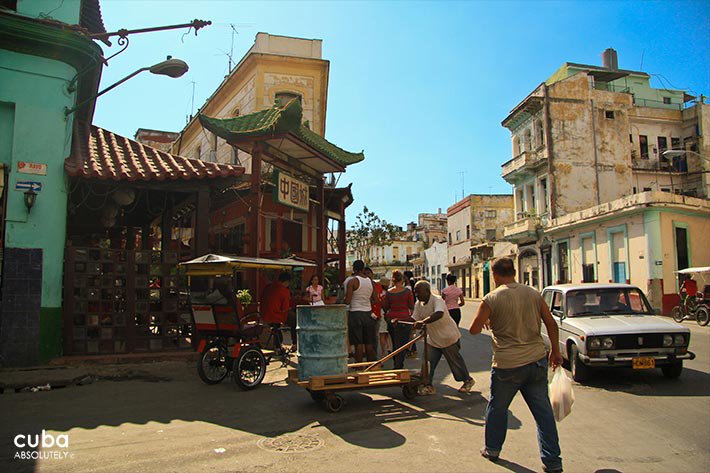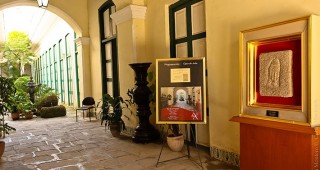Located just a few meters away from El Capitolio, this is the largest and most important Chinatown in the New Continent. According to historian Julio Le Riverend, between 1847 and 1874, around 150,000 Chinese people arrived in Havana, most of them men, and by the early 20th century, there were already approximately 10,000 of them (almost a small town).
In line with the growth of Cuba’s capital city and with a strategic location for business, Havana’s Chinatown became the venue of variousthriving business establishments, including shops, bodegas with exotic items, shoe shops, fruit stands, small restaurants, laundries, etc. There were also a large number of self-proclaimed leisure and educational clubs, being the Kuomintang and the Chi Kong Tong the most popular ones.
In the beginning, the Chinese immigrants stayed true to their customs, marrying only to members of their community, but as many started to immigrate to other countries, the ones that did stay began to marry Cubans and Caucasians, and their race has now become a mix of races. Today, most Chinese-Cuban are a mix of their Chinese ancestors with Spanish and African descendants.
What’s truly peculiar about this neighborhood are the so-called Sociedades Chinas de Instrucción y Recreo, small casino-bar-restaurant establishments. Among them, Sociedad China La Unión de la Familia (Family Union Chinese Society), Lung-Kwn-Sol Chinese Society, Sue-Yuen-Tong (a small restaurant) and Chi-Tack Tong (another small restaurant).
There are a few other must-see things in this neighborhood, such as the Kwong-Wah-Po (People’s Chinese Newspaper), which is still being published; a Chinese movie theater, where original versions of movies are featured; and an odd Chinese homeopathic pharmacy.










 Modern
Modern







